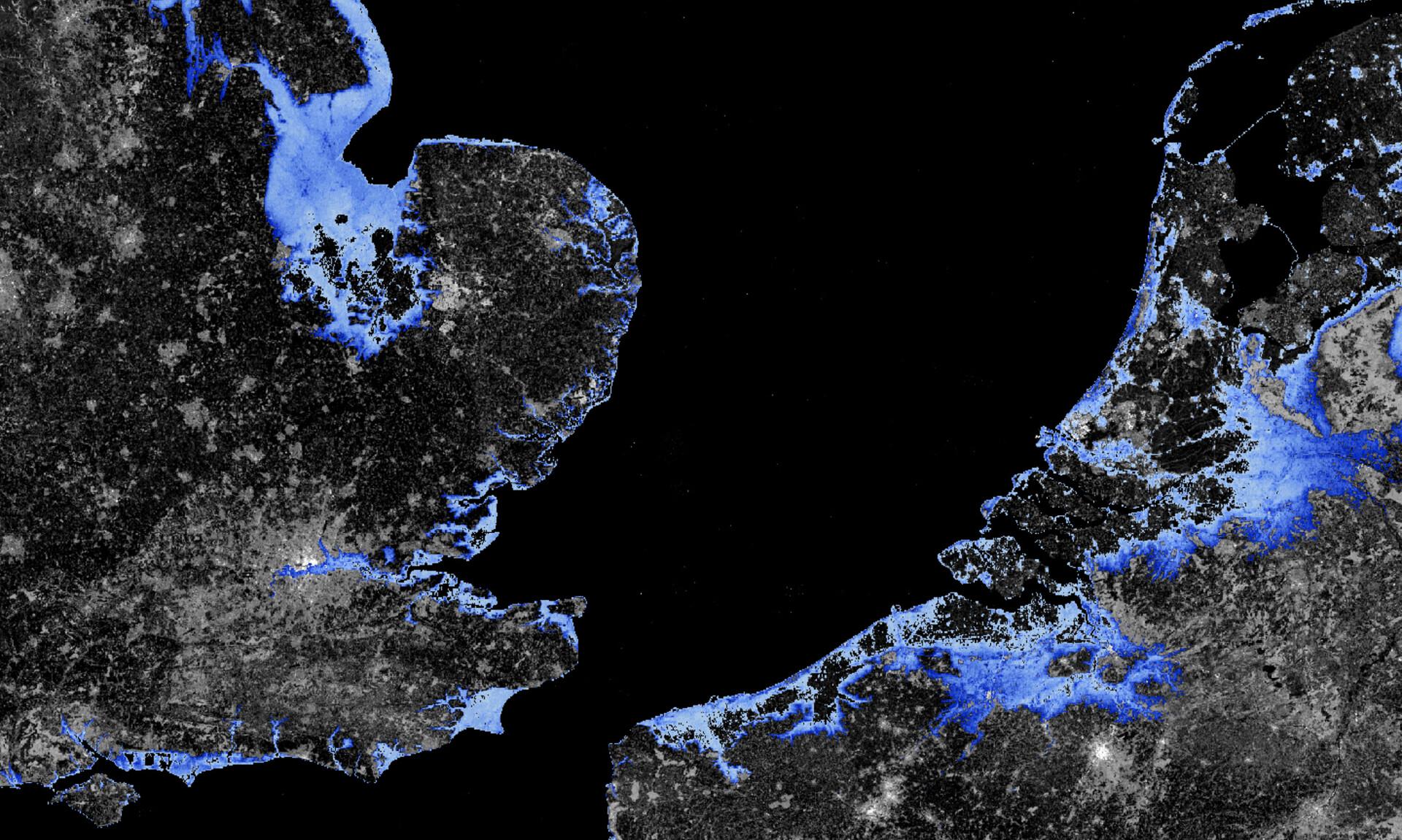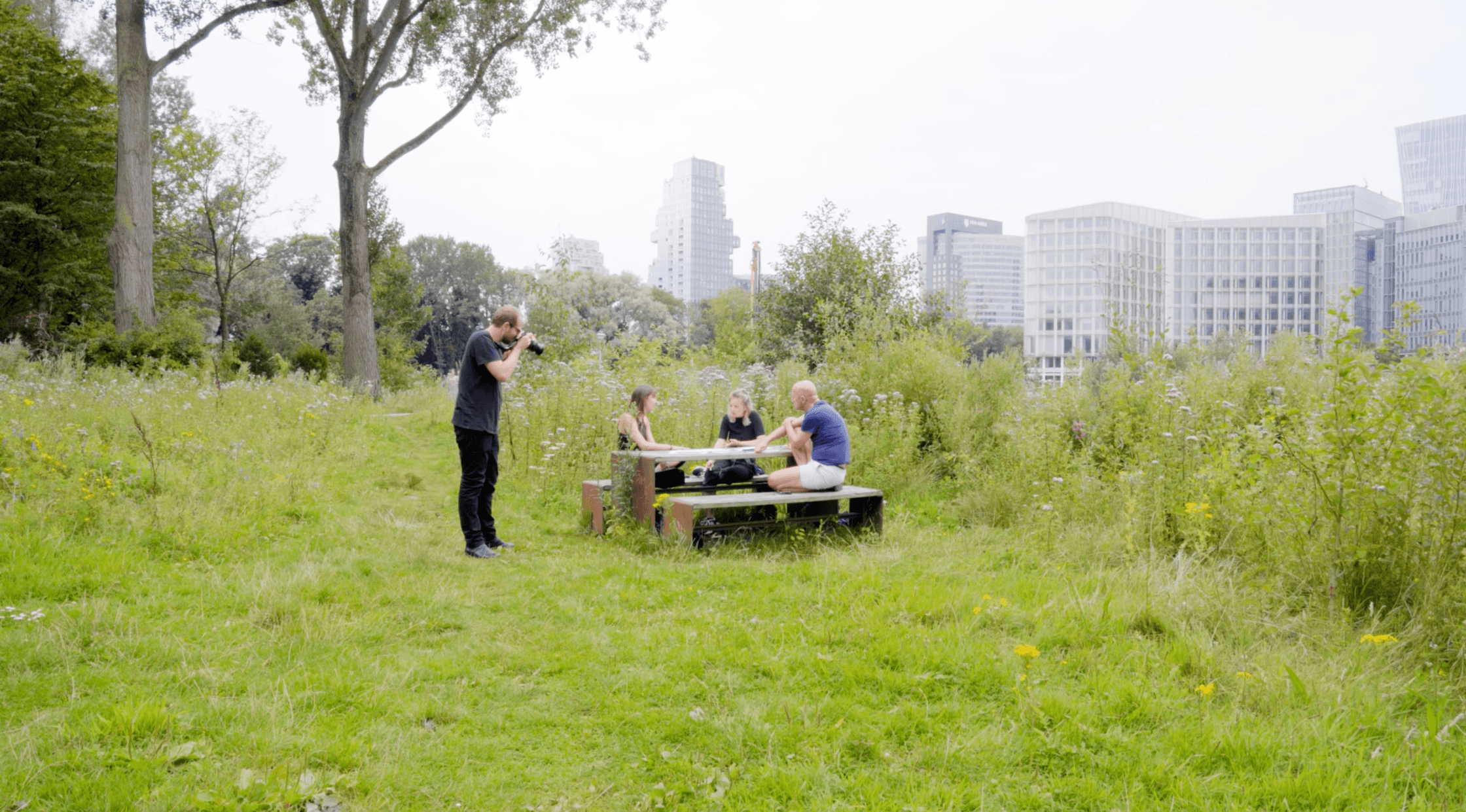The essay More-than-Planet: Finding New Planetary Imaginaries and Actions by Zoénie Deng (concept developer Waag Futurelab) provides an intriguing insight of the artistic work-in-progress within the framework of the project More-than-Planet. How can we think beyond the framework of infinite economic growth? Why should we take matters into our own hands and care for the planet? What can we learn from the ocean, the planet’s biggest sensorium? And if toxic air is a monument to slavery, how do we take it down?
You and I don’t seem to live on the same planet
The planetary imaginary is a term coined by philosopher Bruno Latour in the essay We Don’t Seem to Live on the Same Planet (2018). He describes seven fictional planets such as planet ‘Anthropocene’, ‘Exit’ and ‘Security’. A planetary imaginary is a concept, a fiction but at the same time a very powerful way of thinking that influences what we strive for in life.
To give an example: ‘Modernity’ is the idea that everyone should develop according to the American way of life. It implies that the American way of life is the best thing worth striving for, and that everyone who is not ‘there’ yet, is not modern.
Why do planetary imaginaries matter?

A first consequence of the existing imaginaries is that they polarise our societies. Planet ‘Modernity’ for example, allows the believer to look down on non-American ways of life. Whereas people on planet ‘Exit’ would like to leave our planet together with Elon Musk (without caring for the ones without the means to leave), others will try to reach ‘Security’ by defending their territory against anyone who seems to form a threat. The current planetary imaginaries thus create a division between the 'haves' and 'have-nots'.
A second consequence is that none of the seven planets are tenable when we consider our planet’s ecological boundaries. We would need several planet earths to cater to all the needs, if everyone was to reach planet ‘Modernity’.
This is why we need a new planetary imaginary, a new way of communal thinking that allows us to care for the planet and all its entities, including the more-than-human ones. Only if we care, we can start to create a planetary imaginary that strives for equality, and social and ecological justice. From this urgency, More-than-Planet is developed.
How do we do it?
For the upcoming three years, More-than-Planet explores and questions together with partners, what planetary imaginaries we have amidst environmental and other crises. It looks at how through transdisciplinary artistic and social engagements, citizens can creatively and critically use situated space data and take concern-driven and care-driven actions to address pressing planetary issues such environmental crises.
We do so by showcasing artists who challenge existing planetary imaginaries and who create new ones, in for example an exhibition. Through residency programmes, artists are invited to develop works that also involve a democratisation of satellite and situated data. In the labs, critical researchers work alongside artists. One of the goals is to create an awareness with citizens to pursue planetary justice, by fostering new artistic and research-based planetary imaginaries.


